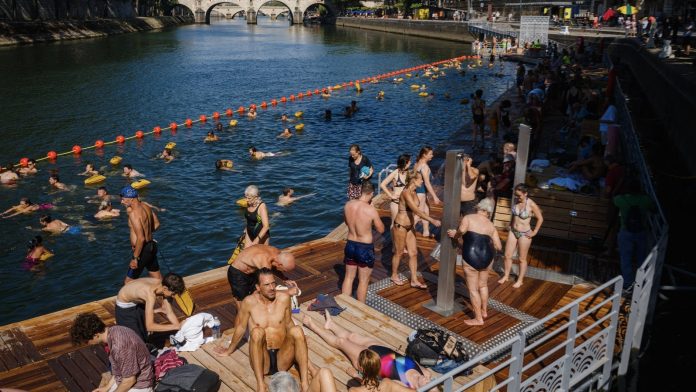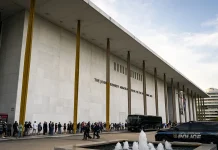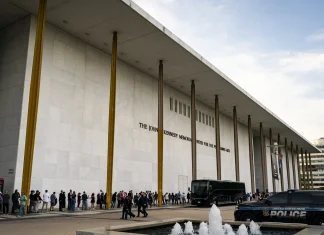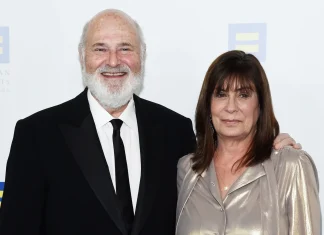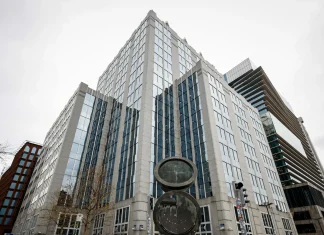Paris Dives Back Into the Seine: A Century-Old Ban Falls as the City Swims
Under a blazing sun that turned the City of Light into a simmering cauldron, an unexpected sight has been splashing its way into the hearts of Parisians and visitors alike: people swimming, splashing, and plunging into the murky waters of the Seine. After nearly a century-long hiatus, the iconic river that snakes through Paris opened its arms once more to swimmers—inviting them to rediscover a surreal, liquid side of the city’s soul.
It’s hard to imagine. For almost 100 years, dipping into the Seine was forbidden. The law dating back to 1923 forbade bathing, relegating the river to scenic cruises and romantic strolls rather than a place of intimate, joyful immersion. But in recent years, buoyed by a wave of environmental initiatives and the promise of the 2024 Summer Olympics, city officials decided to rewrite the story.
“The Seine has always been the lifeblood of Paris,” muses Jean-Paul Martin, an environmental advocate who helped lobby for cleaner waters. “To keep its waters off-limits for so long was a kind of disconnection from our heritage. This summer, we’re putting Paris back in touch with its river.”
From Promise to Plunge: The Journey to Safe Swimming
Behind the splashy headlines lies an intense, largely unseen battle to make this possible. River clean-up campaigns, state-of-the-art filtration, and new safety protocols combated decades of pollution and neglect. Air and water quality monitoring were done day and night—to ensure this wasn’t just a symbolic gesture but a genuine, sustainable offering to the public.
Stephanie Le Guedart, the deputy director for youth and sports at Paris’s city hall, speaks with palpable pride: “Preparing the Seine for swimming was a massive undertaking. We knew people wanted a chance to reclaim the river. Now over 50,000 people have taken the plunge since we reopened the designated bathing spots.”
That number, in fact, is staggering. It’s a testament to the human craving for nature, even in the densest urban spaces. For decades, Paris felt removed from its most prized natural feature. Now, it pulses with new life—echoing the global urban renaissance, where cities are tearing down barriers between human and environment.
Where the City Meets the Water: A Day at Ile Saint-Louis
Among the three designated bathing sites dotted along the Seine, Ile Saint-Louis has drawn particular excitement. This charming island, with its old-world façades and whispering plane trees, offers a striking tableau: bathers in trunks and bikinis side-by-side with aging Parisian architecture.
On a recent sultry afternoon, Ghislaine Roche, 66, freshly arrived from southern France, stood hesitantly at the water’s edge. “I’m used to sea swimming, crystal-clear waves, but this—this is something I never imagined,” she laughed, a sparkle in her eye. “The river looks a little green, sure, and there are no lanes, but the freedom to just dive in here, in the heart of Paris—is extraordinary.”
By 10 a.m., a queue had already formed at the entrance, stretching down the cobblestone streets like a casual summer promenade. The city allows no more than 150 swimmers at a time to preserve safety and serenity, yet that didn’t suppress spirits.
“It’s like finding a hidden secret, a respite from the heat,” says Alain Desaunay, 62, who lives in a Paris suburb. “The water is 24 degrees—it’s just perfect. And isn’t it something special to swim in natural water in a world that often feels so polished and controlled?”
The Challenges Beneath the Surface
But it hasn’t been all smooth sailing—or swimming. July’s unexpected summer rainstorms washed street runoff and waste into the river, forcing emergency closures at bathing sites for brief periods. Paris is still grappling with the realities of urban water management, waste treatment, and the ecological health of its river system.
“The closures are disappointing, but also a reminder that our work is ongoing,” says Le Guedart. “The city has invested heavily in infrastructure, but nature is unpredictable. This makes the success even sweeter—we have demonstrated it’s possible, and we’re eager to improve.”
More Than a Swim: A Symbol of Renewal
What makes this revival truly compelling is how it reflects larger currents sweeping the globe: the quest to reknit urban life with nature, to reclaim rivers, parks, and green spaces as places of joy and wellness.
In an age when cities are bloated and busy, the Seine’s reopening challenges us to rethink what public space can be. It raises questions: How do we redefine urban living? Can we revitalize neglected natural assets in ways that serve both ecology and community health?
Further downstream in Paris, the vibrant Latin Quarter—a neighborhood steeped in intellectual history and youthful energy—offers not just books and cafés but now also urban swimming, blending the past with a splash of future possibilities.
A Global Ripple Effect
Across the world, megacities wrestle with their waterways. From the Thames in London to the Ganges in India, the challenge to clean, preserve, and embrace rivers is gaining urgency. Paris’s bold experiment resonates beyond the Seine’s banks, inspiring other urban centers to imagine a friendlier, wetter coexistence with nature.
So, dear reader, as the sun blazes and the earth parches, consider this: What if your city invited you to swim outdoors? To dive not just into water but into history, culture, and renewal? The Seine is calling—will you answer?
Making a Splash: Key Facts at a Glance
- Swimming ban in the Seine lifted for the first time since 1923.
- Over 50,000 swimmers have taken the plunge since reopening.
- Three designated public bathing spots along the Seine in Paris.
- Water temperature averages 24°C (75°F) during summer months.
- Strict capacity limits restrict the number of simultaneous swimmers for safety.
- Temporary closures may occur after heavy rain due to water pollution concerns.
- City officials hope to maintain and expand safe swimming areas in future seasons.
Paris is, once again, dipping its toes—and more—into the Seine’s shifting currents, weaving water and city into a vibrant new narrative. Isn’t it time other cities followed suit?


